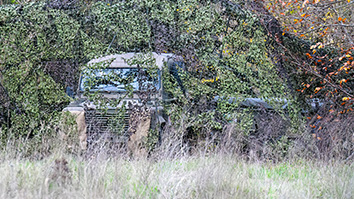Citation
U. Guz, G. Tur, D. Hakkani-Tiir, and S. Cuendet, “Cascaded model adaptation for dialog act segmentation and tagging,” Computer Speech and Language, vol. 24, pp. 289–306, 2010.
Abstract
There are many speech and language processing problems which require cascaded classification tasks. While model adaptation has been shown to be useful in isolated speech and language processing tasks, it is not clear what constitutes system adaptation for such complex systems. This paper studies the following questions: In cases where a sequence of classification tasks is employed, how important is to adapt the earlier or latter systems? Is the performance improvement obtained in the earlier stages via adaptation carried on to later stages in cases where the later stages perform adaptation using similar data and/or methods? In this study, as part of a larger scale multiparty meeting understanding system, we analyze various methods for adapting dialog act segmentation and tagging models trained on conversational telephone speech (CTS) to meeting style conversations. We investigate the effect of using adapted and unadapted models for dialog act segmentation with those of tagging, showing the effect of model adaptation for cascaded classification tasks. Our results indicate that we can achieve significantly better dialog act segmentation and tagging by adapting the out-of-domain models, especially when the amount of in-domain data is limited. Experimental results show that it is more effective to adapt the models in the latter classification tasks, in our case dialog act tagging, when dealing with a sequence of cascaded classification tasks.
2009 Elsevier Ltd. All rights reserved.
Keywords: Model adaptation; Dialog act segmentation; Dialog act tagging; Meetings processing


